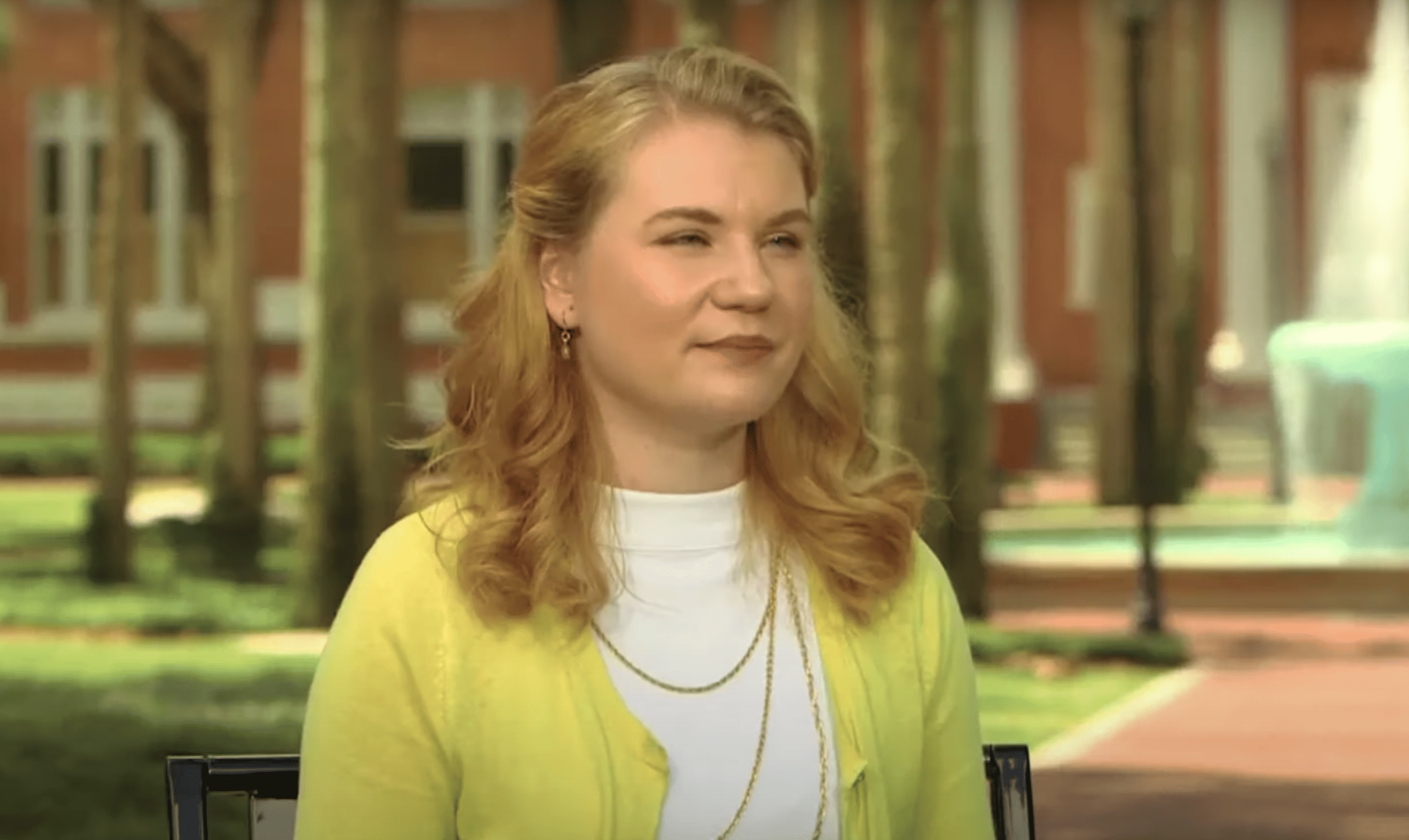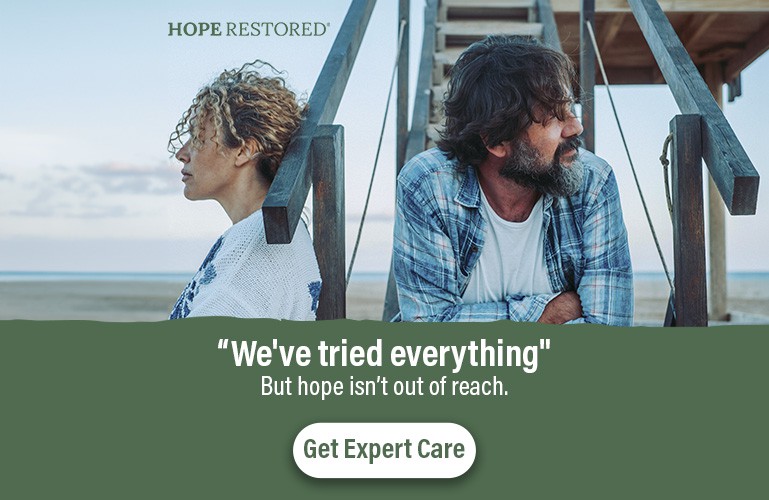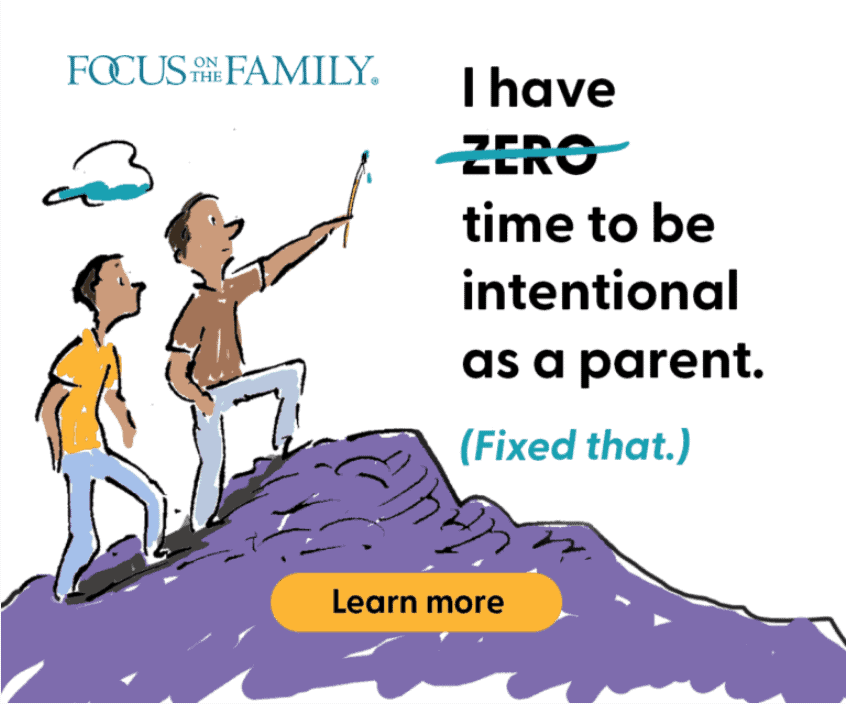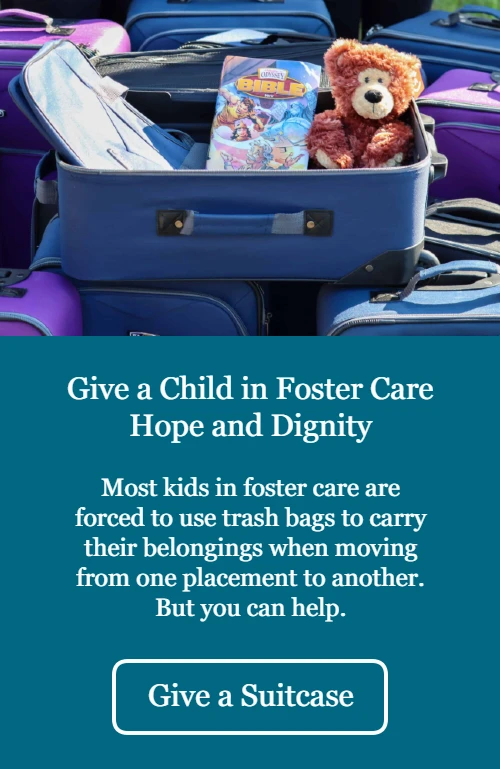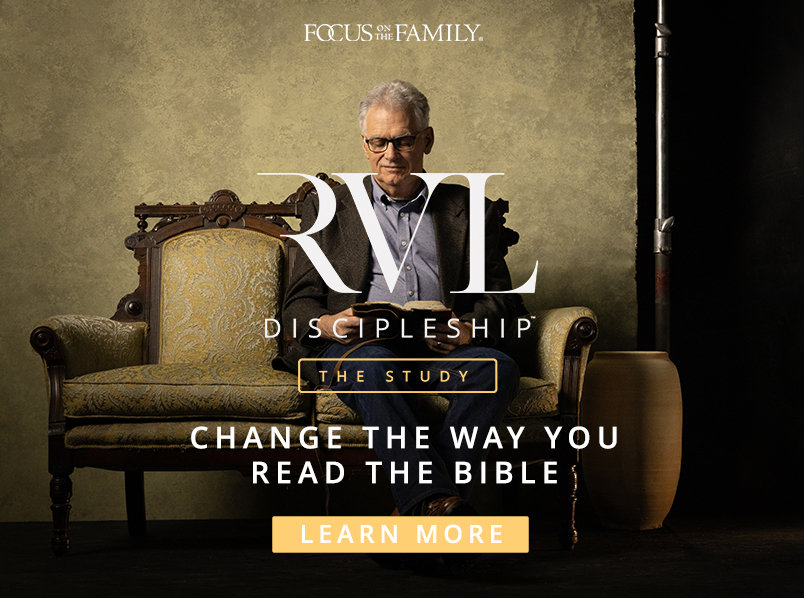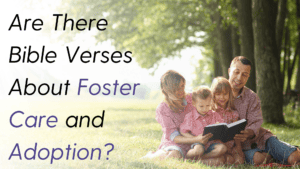The perspective of a former foster youth provides insight into the foster care system. Each child and teen’s experience is unique. Getting to know a former foster youth’s story can grow our understanding of the foster care journey.
Autumn’s Story
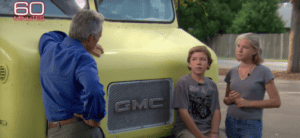
In 2013, Autumn (Johnson) Millett entered into foster care. She and her younger brother already had some experience with Department of Child Services officers and police. The siblings had moved around a lot in Florida with their biological father, but living conditions were far from ideal. They lived in poverty in a delivery truck.
The Threat of Separation
Autumn remembers feeling a constant threat of losing everything and be separated from her brother. “At the end of the day, my goal was to stay with my brother,” she says. So each decision they made prioritized staying together. They had choices about where to go after they were put into care. Autumn acknowledges that there are negative stigmas about group homes: “that they’re not as caring” and can’t offer personalized care. On the other hand, there are negative stigmas about foster parents only being in it for the money.
After moving between a few friends’ homes and foster homes, Autumn and her brother, Aaron, left the life they knew and moved in with the Johnson family. Autumn left her best friends and her boyfriend. She recalls, “That was really hard, being torn away.” But the environment she and her brother entered was exactly what they needed.
From Wanting to Leave to Wanting to Stay
Autumn’s new family and home life was safe. It was in the safety of the Johnson family that she could be vulnerable and begin to heal. At the beginning, Autumn had no desire to stay with the Johnsons long term. She remembers how she journaled about wanting to leave when she turned 18. It was important to Autumn that her brother would be okay with the Johnsons if she left.
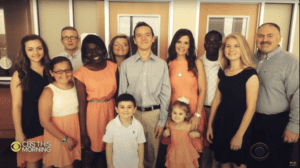
But God planted seeds in Autumn’s heart of wanting to be adopted. He slowly changed her desire of being on her own to a desire of being loved, nurtured, and part of a family. God planted the same seeds in her brother Aaron’s heart and in Chris and Alicia Johnson’s hearts. They were all on the same page about adoption, “all without talking to one another,” Autumn notes.
The Johnson family walked through the steps with Autumn and Aaron to officially adopt them. Autumn and Aaron entered into their new lives with intentionality, and part of that intentionality included changing their names. While not every adopted child or youth chooses to change their name, Autumn and Aaron felt that it was the right decision as they became members of the Johnson family.
Where Autumn Is Now
Now, Autumn is married and works as a house manager (more colloquially called “house mom”) at Gigi’s House, which is a residential facility for girls in state care who have experienced trauma. Autumn shows love to the girls at Gigi’s House while teaching them practical life skills. Although Autumn can’t always relate to everything a girl has experienced, she does know what it is like to live with trauma. “I see a part of me in each and every one of them: the hurt, the anger, the sadness, the depression.” She continues, “I’ve been there. It hurts.”
Because Autumn has gone through her own share of challenges, she can confidently say to the girls she works with, “You may be hurting… but we can move forward.” Autumn hopes that she is planting seeds in these girls’ lives in the same way God planted seeds in her own life. Perhaps they will be able to reframe their identity in the same way Autumn did. With God’s grace, Autumn learned that her identity did not rest in being homeless or in being a former foster youth. Her identity is as a Child of God.
Misconceptions about Foster Care According to Former Foster Youth
Autumn will be the first to tell you that the foster care system is not all bad. Yes, there are bad people who foster for the wrong reasons, but there are also good people. The negative misconceptions about foster care are changing everyday as more and more people approach fostering as a calling. However, there is still a need for more Christian to become foster parents. Although Autumn cannot remember the name of the first foster family that she and her brother lived with, she is grateful for them. She is grateful for all the families that welcomed her and her brother in when they needed a home. These families are the true face of foster care.
Unfortunately, not everyone in the public sees the loving side of foster care. Foster care is often personified as a cold, uncaring system to people by who do not understand it. Many children do not know or understand the reasons why they are in foster care, which leaves them feeling like the system only took them away from their family – not that they were removed from an unsafe environment. Autumn wishes more people would know that the foster care system works for many children and youth, including herself.
Autumn also wants people to know that all children want attention and love. There are some behaviors that children and teenagers display which may appear disdainful but are truly attention-seeking. These types of behaviors include being loud when it’s not necessary, having extreme emotions, refusing to clean up, or running away. Teenagers in foster care are hurting and “they don’t know how to express themselves in a way that’s not destructive towards others, towards things, towards themselves,” Autumn explains. “And you’ve got to recognize trauma.”
Finally, Autumn knows that many foster families feel that a teenager might be too much to handle. Some people think that infants or young children will be easier to foster because they don’t have as much trauma. But Autumn warns strongly against these thoughts: “If you’re not helping teenagers [in foster care], they’re going to grow up to be adults who have kids who enter into foster care.” Then, the cycle will continue.
A Former Foster Youth’s Advice for Families Considering Fostering
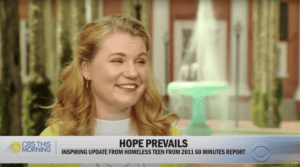
Now that Autumn works at a group home, she witnesses some of the best and worst sides of teenagers. She says with a laugh that it’s enough to prompt her to call her mom, Alicia Johnson, and apologize for the way she acted as a teenager.
Autumn would tell potential foster families that fostering is not for the faint of heart. There will be challenges, but you will also have the chance to show a child or teen personalized love. As a former foster youth, Autumn knows personally how this can make all the difference.
The Key Players for a Former Foster Youth
When asked who some of the most important roles were to her when she was in foster care, Autumn replies that her guardian ad litem was a major player. Many teenagers in foster care are skeptical of the motives of people around them. Guardian ad litems, similar to court appointed special advocates, do not receive payment for what they do. This means teenagers can’t dismiss them by saying, “Oh, you’re just here for the money.”
Autumn is still friends to this day with her guardian ad litem. She is also grateful for her caseworker, even though they only met a few times. And, of course, the Johnson family played the biggest role in first fostering and then adopting both her and her brother.
A Beacon of Hope
Autumn’s story is one of hope. She is a beacon of light for many vulnerable children, especially those who live at Gigi’s House. She serves as an example of how God’s grace, a loving family, and perseverance can lead to great success.











